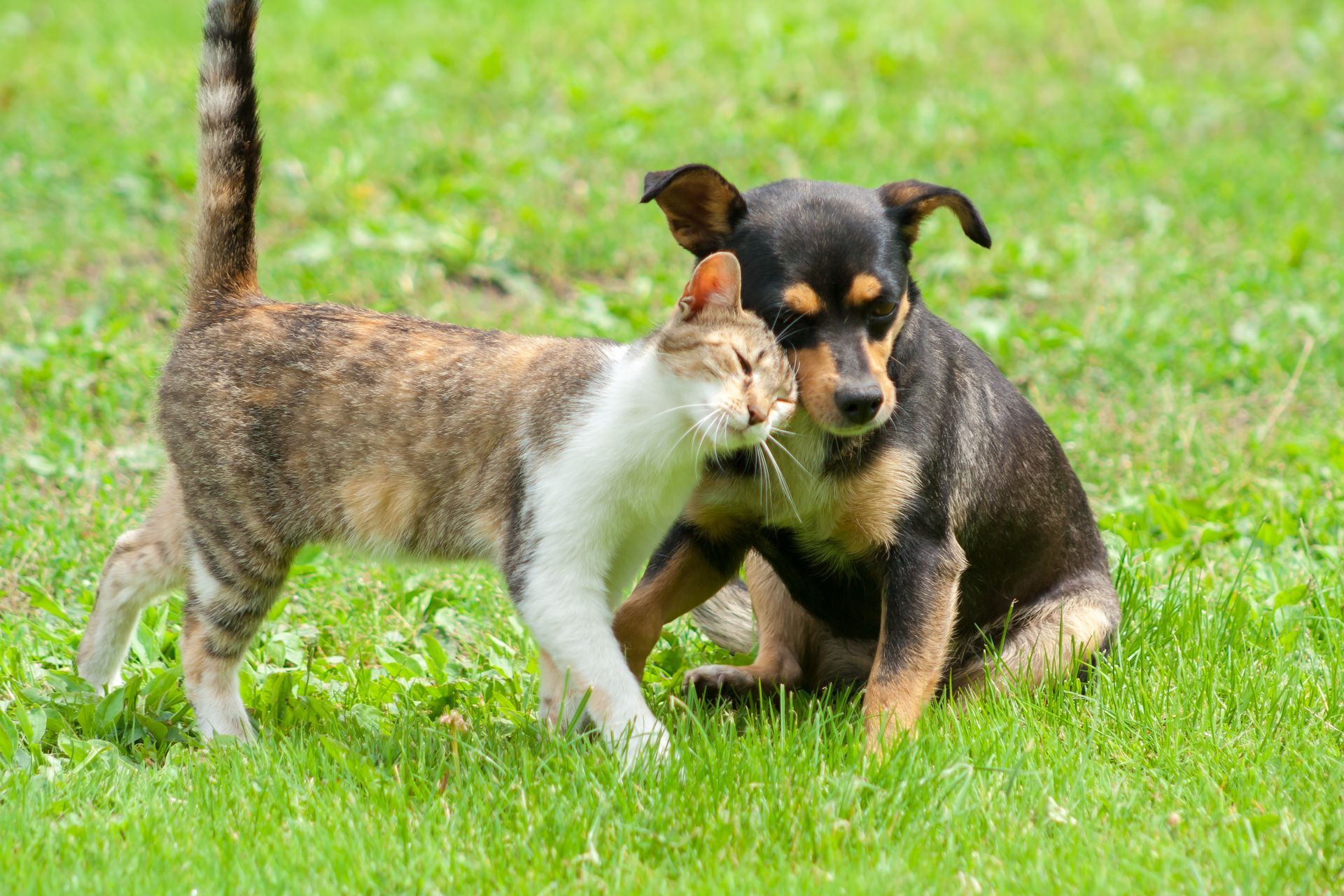Christmas Reindeer Brownies
Recipe courtesy of Food Network

Colorful candy, marshmallows and wafer cookies transform fudgy brownies into a fun Christmas treat. They are easy enough for kids to help make and look festive for your family or office party!
Level: Easy Total time: 2 hr 50 min (includes cooling time)
Yield: 16 brownies
Special equipment: two 8-inch round cake pans
Ingredients:
1 cup (2 sticks) unsalted butter, melted and cooled, plus more for greasing the pans
1 1/2 cups sugar
1 teaspoon vanilla extract
3 large eggs
1 cup all-purpose flour (see Cook's Note)
1/2 cup unsweetened cocoa powder
1 teaspoon fine salt
1/2 teaspoon baking powder
2 cups regular semisweet chocolate chips (about 12 ounces)
16 small chocolate-flavored candy chews, such as Tootsie Rolls
16 red or brown candy-coated chocolates, such as M&M's
16 mini vanilla wafer cookies
16 mini marshmallows
32 mini semisweet chocolate chips (about 1 teaspoon)
32 mini peppermint candy canes (about 2 1/2 inches long)
Directions:
Preheat the oven to 350 degrees F.
Butter the bottom and sides of two 8- inch round cake pans.
Cut two 8-inch circles out of parchment paper and line the bottoms of the cake pans with the parchment.
Stir together the butter, sugar, vanilla and eggs in a medium bowl.
In another bowl, whisk together the flour, cocoa powder, salt and baking powder.
Add the dry ingredients to the wet ingredients and stir until just combined.
Stir in 1 cup of the regular chocolate chips and divide the batter between the prepared pans, smoothing the tops.
Bake until a crust begins to form around the edges, the edges pull away from the pan and a toothpick inserted in the center comes out clean, 35 to 40 minutes.
Meanwhile, halve the candy chews lengthwise. Use your fingers to shape each half into a teardrop shape for the reindeer's ears and set aside.
Melt 2 tablespoons of the remaining regular chocolate chips in a heat-proof bowl in a microwave in 20 second intervals.
Use a dab of the melted chocolate to stick a red candy-coated chocolate onto each of the vanilla wafers to make noses and set aside.
Cut each mini marshmallow in half crosswise. Insert one mini chocolate chip, pointed-side down, into the flat, cut side of each marshmallow piece to make eyes and set aside.
As soon as the brownies come out of the oven, sprinkle the top of each brownie round evenly with half of the remaining regular chocolate chips (7 tablespoons each) and let stand until the chips melt, about 5 minutes.
Spread the chocolate evenly over the top of the brownies with a spatula.
Let the brownies cool fully in the pans on cooling racks, about 1 hour.
Cut each circle into 8 equal triangles with a knife. Use a small offset spatula or pie server to lift each triangle out of the pan.
To assemble: Arrange the brownies so that the longest, sharpest point faces you and gently press a cookie-nose on that point of each brownie.
To make antlers: Using the tip of a paring knife or a skewer, poke two small holes in the top side of each brownie, about 1/2 inch from the corners, and insert a mini candy cane in each hole.
For the ears, press a piece of candy chew on each corner below the candy cane antlers
Press 2 of the mini marshmallow eyes next to each other in the center of each brownie.
Cook’s Note
When measuring flour, we spoon it into a dry measuring cup and level off the excess.
(Scooping directly from the bag compacts the flour, resulting in dry baked goods.)














